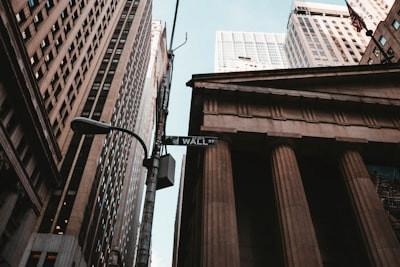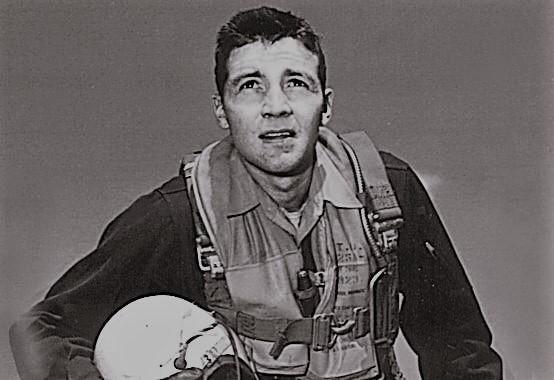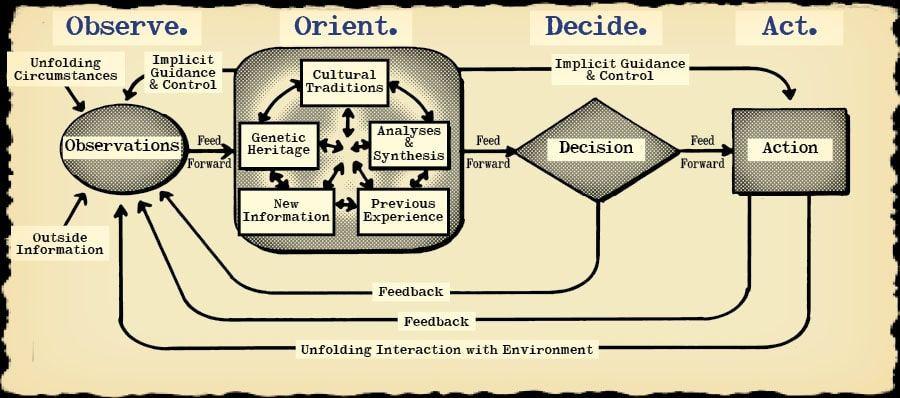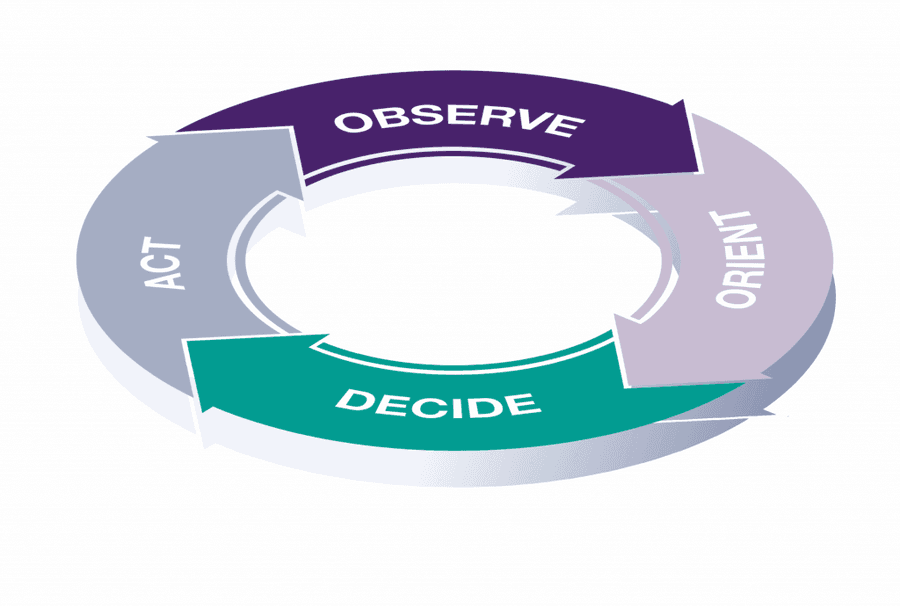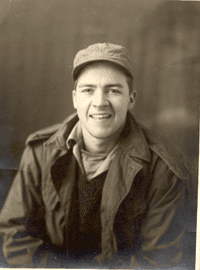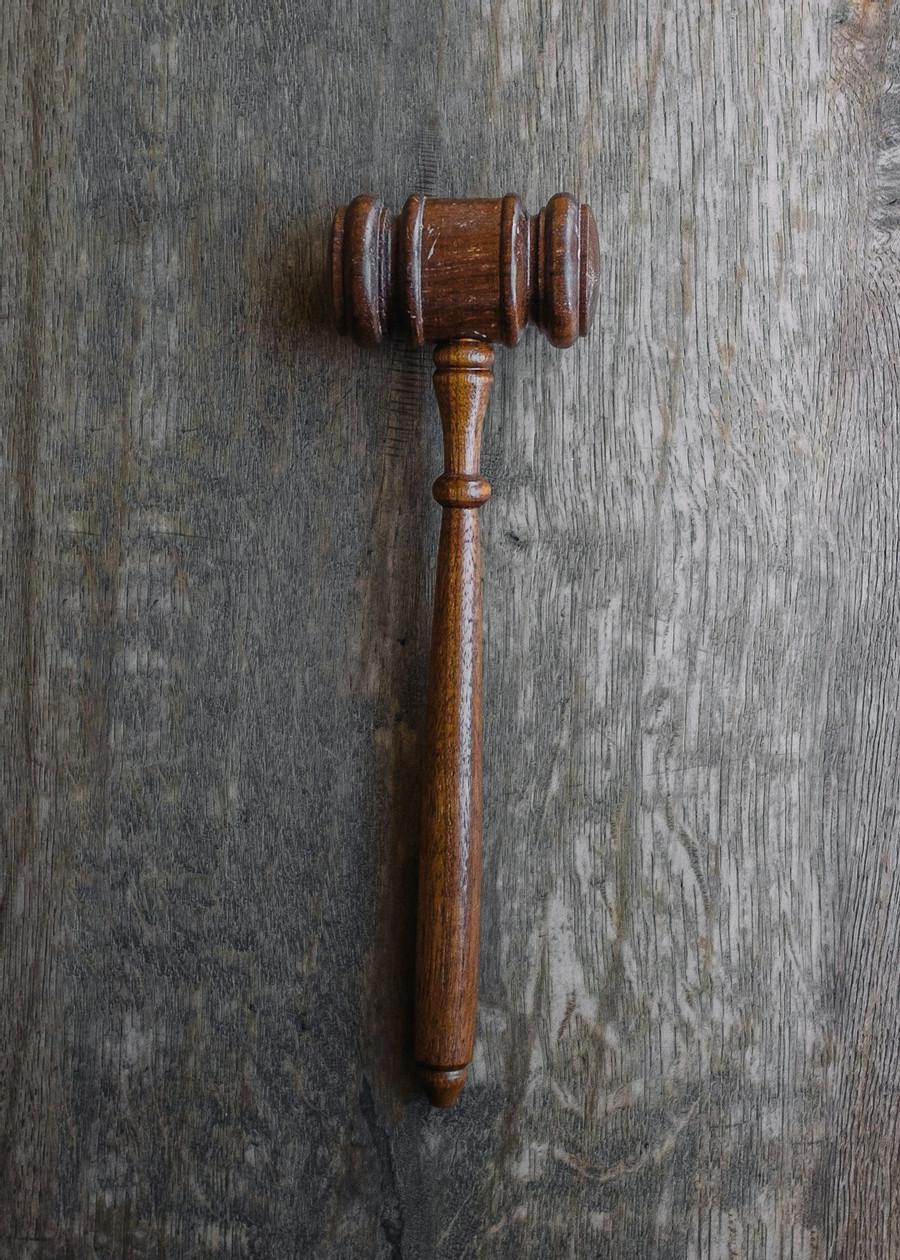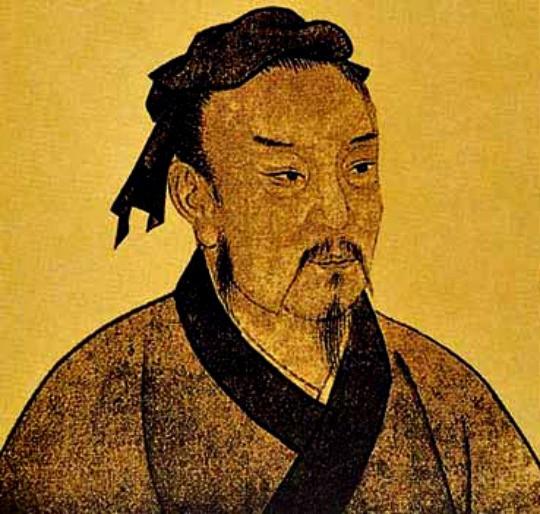OODA LOOP: What You Can Learn from Fighter Pilots About Making Fast and Accurate Decisions
Curated from: fs.blog
Ideas, facts & insights covering these topics:
20 ideas
·14.2K reads
44
1
Explore the World's Best Ideas
Join today and uncover 100+ curated journeys from 50+ topics. Unlock access to our mobile app with extensive features.
What is strategy? A mental tapestry of changing intentions for harmonizing and focusing our efforts as a basis for realizing some aim or purpose in an unfolding and often unforeseen world of many bewildering events and many contending interests.
JOHN BOYD - UNITED STATES AIR FORCE PILOT
141
1.66K reads
The OODA Loop
- Military leaders and strategists invest a great deal of time in developing and teaching decision-making processes.
- Developed by strategist and U.S. Air Force Colonel John Boyd, the OODA loop is a practical concept designed to be the foundation of rational thinking in confusing or chaotic situations.
- OODA stands for Observe, Orient, Decide, and Act.
For example, fighter pilots have to work fast because taking a second too long to make a decision can cost them their lives.
157
1.39K reads
Forty-Second Boyd
John Boyd developed his ideas during his own time as a fighter pilot. He earned the nickname “Forty-Second Boyd” for his ability to win any fight in under 40 seconds.
Boyd spent his career observing people and organizations. How do they adapt to changeable environments in conflicts, business, and other situations?
He deduced that these situations are characterized by uncertainty. Dogmatic, rigid theories are unsuitable for chaotic situations. Rather than trying to rise through the military ranks, Boyd focused on using his position as colonel to compose a theory of the universal logic of war.
135
1.06K reads
The Four Parts of the OODA Loop
OODA stands for Observe, Orient, Decide, Act. The description of it as a loop is crucial. Boyd intended the four steps to be repeated again and again until a conflict finishes. Although most depictions of the OODA loop portray it as a superficial idea, there is a lot of depth to it. Using it should be simple, but it has a rich basis in interdisciplinary knowledge.
139
949 reads
Part 1: Observe
The first step in the OODA Loop is to observe. At this stage, the main focus is to build a comprehensive picture of the situation with as much accuracy as possible.
A fighter pilot needs to consider: What is immediately affecting me? What is affecting my opponent? What could affect us later on? Can I make any predictions, and how accurate were my prior ones? A pilot’s environment changes rapidly, so these observations need to be broad and fluid.
141
895 reads
Part 2: Orient
Orientation is frequently misunderstood or skipped because it is less intuitive than the other stages. Boyd referred to it as the schwerpunkt, a German term that loosely translates to “the main emphasis.” In this context, to orient is to recognize the barriers that might interfere with the other parts of the process.
Without an awareness of these barriers, the subsequent decision cannot be a fully rational one. Orienting is all about connecting with reality, not with a false version of events filtered through the lens of cognitive biases and shortcuts.
141
840 reads
133
802 reads
Moving Beyond Our Cognitive Bias
Four main barriers prevent us from seeing information in an unbiased manner:
- Our cultural traditions.
- Our genetic heritage.
- Our ability to analyze and synthesize.
- The influx of new information — it is hard to make sense of observations when the situation keeps changing.
143
742 reads
Tune Out The Noise, Find What Is Fundamental
One needs to note incorrect assumptions and biases and then replace them with fundamental, versatile mental models. Only then can we begin to garner a reality-oriented picture of the situation, which will inform subsequent decisions.
Example: A snowmobile comprises elements of different devices. The caterpillar treads of a tank, skis, the outboard motor of a boat, the handlebars of a bike — each of those elements are useless alone, but combining them creates a functional vehicle.
We have to build a metaphorical snowmobile by combining practical concepts from different disciplines.
134
664 reads
Part 3: Decide
Having gathered information and oriented ourselves, we have to make an informed decision. The previous two steps should have generated a plethora of ideas, so this is the point where we choose the most relevant option.
First-conclusion bias: We cannot keep making the same decision again and again. This part of the loop needs to be flexible and open to Bayesian updating. The implication is that we should test the decisions we make at this point in the loop, spotting their flaws and including any issues in future observation stages.
134
608 reads
Part 4: Act
While technically a decision-making process, the OODA loop is all about action. The ability to act upon rational decisions is a serious advantage.
The other steps are mere precursors. A decision made, now is the time to act upon it. Also known as the test stage, this is when we experiment to see how good our decision was. Did we observe the right information? Did we use the best possible mental models? Did we get swayed by biases and other barriers? Can we disprove the prior hypothesis? Whatever the outcome, we then cycle back to the first part of the loop and begin observing again.
131
524 reads
Why the OODA Loop Works: Speed
Fighter pilots must make many decisions in fast succession. They don’t have time to list pros and cons or to consider every available avenue. Once the OODA loop becomes part of their mental toolboxes, they should be able to cycle through it in a matter of seconds.
Speed is a crucial element of military decision making. Using the OODA loop in everyday life, we probably have a little more time than a fighter pilot would. But Boyd emphasized the value of being decisive, taking initiative, and staying autonomous. These are universal assets and apply to many situations.
130
500 reads
Why the OODA Loop Works: Comfort In Uncertainty
Uncertainty does not always equate to risk. A fighter pilot is in a precarious situation, where there will be gaps in their knowledge. They cannot read the mind of the opponent and might have incomplete information about the weather conditions and surrounding environment. They can, however, take into account key factors such as the opponent’s nationality, the type of aeroplane they are flying, and what their manoeuvres reveal about their intentions and level of training.
130
489 reads
First Principles: Gödel’s Proof
Gödel’s theorems indicate that any mental model we have of reality will omit certain information and that Bayesian updating must be used to bring it in line with reality. Our understanding of science illustrates this.
In the past, people’s conception of reality missed crucial concepts such as criticality, relativity, the laws of thermodynamics, and gravity. As we have discovered these concepts, we have updated our view of the world. Yet we would be foolish to think that we now know everything and our worldview is complete. Other key principles remain undiscovered.
134
511 reads
First Principles: Heisenberg’s Uncertainty Principle
This principle describes the limit of the precision with which pairs of physical properties can be understood.
We cannot know the position and the velocity of a body at the same time. We can know either its location or its speed, but not both.
If a pilot focuses too hard on where an enemy plane is, they will lose track of where it is going and vice versa. Trying harder to track the two variables will actually lead to more inaccuracy! Heisenberg’s Uncertainty Principle applies to myriad areas where excessive observation proves detrimental. Reality is imprecise.
134
465 reads
First Principles: The Second Law of Thermodynamics
In a closed system, entropy always increases and everything moves towards chaos. Energy spreads out and becomes disorganized.
A fighter pilot must be an open system or they will fail. They must draw “energy” (information) from outside themselves or the situation will become chaotic. They should also aim to cut their opponent off, forcing them to become a closed system.
130
448 reads
Let your plans be dark and impenetrable as night, and when you move, fall like a thunderbolt.
SUN TZU
140
477 reads
Why the OODA Loop Works: Unpredictability
Using the OODA loop should enable us to act faster than an opponent, thereby seeming unpredictable. While they are still deciding what to do, we have already acted. This resets their own loop, moving them back to the observation stage. Keep doing this, and they are either rendered immobile or forced to act without making a considered decision. So, they start making mistakes, which can be exploited.
128
411 reads
We can’t just look at our own personal experiences or use the same mental recipes over and over again; we’ve got to look at other disciplines and activities and relate or connect them to what we know from our experiences and the strategic world we live in.
JOHN BOYD
135
411 reads
Why the OODA Loop Works: Testing
Ideas should be tested and then, if necessary, discarded.
OODA is a feedback loop, with the outcome of actions leading back to observations.
We can incorporate testing into our decision-making processes by keeping track of outcomes in decision journals.
Rather than guessing how our decisions lead to certain outcomes, we can get a clear picture to aid us in future orientation stages. Over time, our decision journals will reveal what works and what doesn’t.
129
387 reads
IDEAS CURATED BY
I am a sucker for gadgets, stubborn and curious. Eating right and sleeping well is important to me.
CURATOR'S NOTE
Make decisions using strategies from the best fighter pilot.
“
Caroline V.'s ideas are part of this journey:
Learn more about personaldevelopment with this collection
Understanding the importance of decision-making
Identifying biases that affect decision-making
Analyzing the potential outcomes of a decision
Related collections
Similar ideas
8 ideas
What is OODA loop? - Definition from WhatIs.com
searchcio.techtarget.com
Read & Learn
20x Faster
without
deepstash
with
deepstash
with
deepstash
Personalized microlearning
—
100+ Learning Journeys
—
Access to 200,000+ ideas
—
Access to the mobile app
—
Unlimited idea saving
—
—
Unlimited history
—
—
Unlimited listening to ideas
—
—
Downloading & offline access
—
—
Supercharge your mind with one idea per day
Enter your email and spend 1 minute every day to learn something new.
I agree to receive email updates
